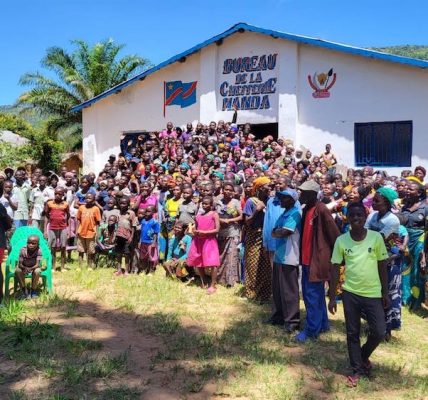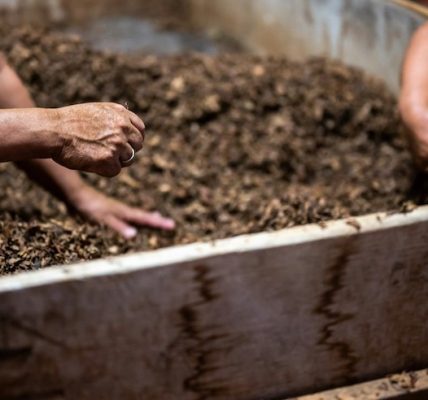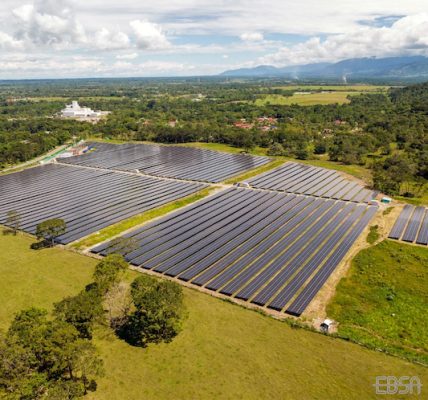With ALLCOT’s support, Asobancaria launches a guide for banks to achieve carbon neutrality by 2025
The financial institutions that have signed up to the “Protocolo Verde” (Green Protocol) in Colombia, under the leadership of Asobancaria, set out to achieve carbon neutrality in their direct emissions by the year 2025.
As of today, five banks in Colombia have achieved this goal. With the support of ALLCOT, Asobancaria has developed the “Guía de mecanismos de huella de carbono para entidades financieras”– (Carbon footprint mechanisms Guide for financial institutions), so that other banks can begin to implement their own NET Zero journey, i.e. the path towards carbon neutrality.
“With this guide, we want financial institutions to know how to eliminate, reduce and then offset their direct emissions,” says Mauricio Vélez, Director of Sustainability at Asobancaria.
Content of the guide to achieve carbon neutrality in Banks
The guide includes an introduction explaining what sustainable finance is and the current national and international situation regarding the transition to net-zero emissions, states Vanessa García, Sustainable Finance Expert at ALLCOT.
In the second chapter, the Guide differentiates between mitigation and adaptation measures, followed by an explanation of mitigation strategies. The document goes into detail on the steps for Carbon Footprint Management, starting from measuring the carbon footprint, designing, and implementing strategies to eliminate, reduce, verify and finally offset direct carbon emissions.
Finally, the Guide includes an informative section on the evolution of carbon market mechanisms over time, non-market mechanisms, blended finance and the identification of the actors involved in achieving the goal of carbon neutrality, as well as an explanation of the stages and duration of carbon offset projects.
Sustainable financing
According to Mauricio Vélez, “the work that follows is to carry out a more precise monitoring process of each of the 25 entities and to know at what stage of the Net Zero path they are at”. On the other hand, Asobancaria is developing a parallel project to measure the carbon footprint in scope 3, i.e. the carbon footprint of the projects financed by the banks.
This guide is part of the initiative of the Protocolo Verde led by Asobancaria, following the guidelines of “sustainable financing” that arose in the United Nations Sustainable Development Goals (2015), where the crucial role played by the financial sector in supporting sustainable projects was highlighted. This funding is a tool to reduce the negative impact of business activity on climate change and generates a collective interest in addressing environmental, social and corporate governance aspects (known as ESG).”





